|
Knitting stranded colorwork is one of my favorite things. It uses both hands so it's interesting enough that it keeps my attention. But it also has a rhythm that keeps it from being too hard. In the last few years, all the colorwork sweaters I've done have been from charts I developed myself, and often using my own handspun yarn. How did I get to that point? Or, more importantly, how could you get to the point where you're designing your own colorwork patterns? Start with Someone Else's Patterns to Get the Hang of ItWe all have to start somewhere, and working from other people's stranded colorwork patterns is the perfect place to start. If yoked sweaters are your jam, notice how the increases & decreases are placed in the colorwork pattern. Often, this will be done in the "background" color to minimize distortion of the pattern. Keep that idea in your back pocket as you go forward in your design journey! The KnitOvation Stitch Dictionary (reviewed in my last post) has some great resources if you want to plug different stitch patterns into an existing design. Combine Multiple Patterns to Create Unique CombinationsUsing one or more stitch dictionaries, combine multiple patterns. Think diamonds that shift in scale, or different kinds of flowers...essentially, pick a theme for your sweater, find a bunch of patterns that fit the theme, then arrange them in a way that makes you happy. Experiment with charting all of them together so you'll get a sense of how they look next to each other. This might lead to: Learn How to Resize, Center, and Move MotifsYou may need to modify the sizes of some patterns, or to move the starting point of a chart. Sometimes this means centering a motif on the front, back, or sides of the body, or it means avoiding awkward placement of motifs. Reverse Engineer Other Stranded Colorwork DesignsFind a colorwork pattern you like, but don't have a chart for. See if you can chart it out! Remember, at this point, you're still learning, so you shouldn't be trying to pass the design off as your own. Find Inspiration for Your Own PatternsInspiration is all around, and once you've gotten the hang of stranded colorwork, you'll wonder how you can turn your favorite images, symbols, and shapes into colorwork patterns! If you're struggling with this phase, I highly recommend Felicity Ford's Stranded Colorwork Sourcebook and Janine Bajus' The Joy of Color. Chart Your Own Patterns with Dots on Graph PaperKnit stitches aren't square - they're rectangular. The ratios of the rectangles depend on your gauge. If this bothers you at the charting stage, you can buy knitter's graph paper. Usually, though, I just use regular graph paper and a simple trick - dots. A dot in the middle of each square for my pattern color is quick, and it approximates the visual effect of a knit stitch. This did take some getting used to, since I started my knitting journey thinking that a dot always represented a purl stitch in a knitting chart! I demonstrate this around the 4:22 mark in the video. Remember to Consider Your Float Length!Ah, floats. There's a lot to say about floats. How long should they be? How long is too long? I'll admit, I let some of my floats get pretty long when the pattern absolutely demands it. And I don't trap floats, since this usually shows on the front side. But as a rule of thumb, a float shouldn't be longer than an inch, or an inch and a half if you're feeling really daring. Remember to consider this when you're creating your designs - usually this translates to no more than 5 to 7 stitches one color in a row. Consider Value Contrast When Selecting YarnsA strong value contrast (dark and light) will help your patterns read well. Take a picture with your phone, then converting it to black and white - if the two yarns look like they're the same shade of gray, you don't have much value contrast. Low contrast can create subtle effects, but it will be harder to see while you're knitting, and the pattern will be less clear when you're done. High contrast patterns are easier to see. Don't Forget to Swatch!Swatching can help you refine your design. Often, I find that I'm overflowing with ideas, and I've designed two or even three sweaters worth of stitch patterns. Swatching helps me simplify & problem solve so that there's less ripping out once I'm actually working on my project!
Do you have a tried-and-true stitch pattern design formula? I'd love to hear about it! In my last post, I shared how to modify the size of a stranded colorwork motif. In this post, I'll share how to use it in a repeat with a simple mitten design. In this pattern, the dark gray/black square represent no stitch. There are decreases in the pattern to form the mitten top which are not noted in the chart - this is to give clarity in the colors. The set of five stitches at the left and right edges of the pattern form a border at the sides of the hand. They do not change, but as the decreases shape the top of the hand, they will slope inward. 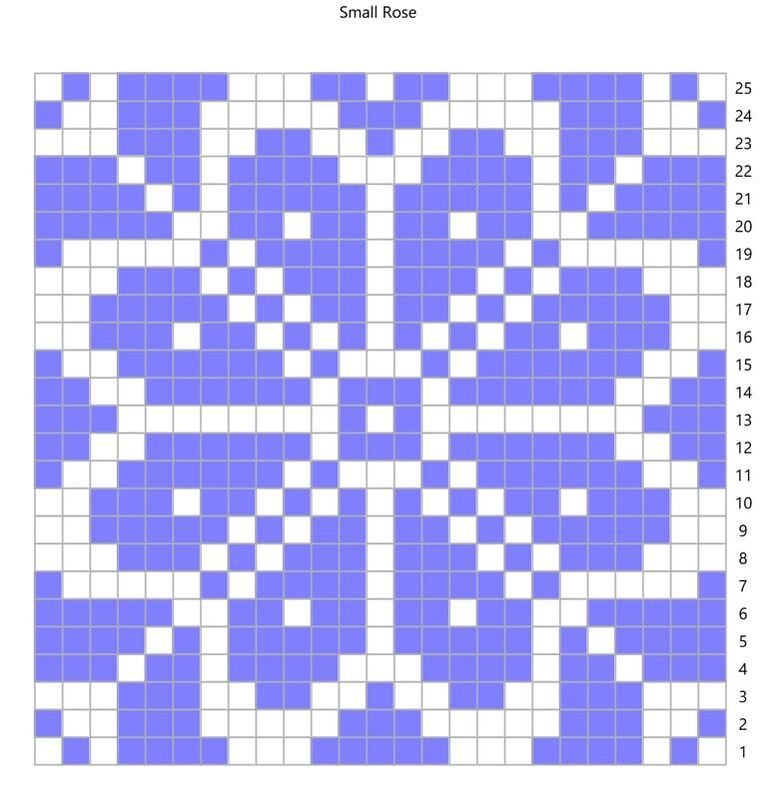 The first step in setting up a pattern repeat is to simply repeat the pattern. Here, I'm using a variation on the pattern I shared in my last post. Stacking the pattern on top of itself, we get two repeats of the rose. The outer corners at the top of the rose are cut off. This is fine, as long as the rose itself fits fully into the pattern. (If it didn't we'd need to go back and adjust.) It seems like the white of the rose petals falls off the edge of the pattern. However, because the borders are edged in the background color, there will be a purple border around them. Usually, when you repeat a large motif, there are places that end up with very long floats. The next step is to create new, smaller motifs to prevent these floats. Here, I've added a small cross and two dots between the motifs to prevent long floats. At the top, there is a lozenge shape to fill in the space. Your options at this step are limited only by the number of stitches you have and your imagination.
And that's really all there is to it! Have you ever fallen in love with a stitch pattern, but it's not quite the right size? In this post, I shared how to resize a cable pattern. Today, I'll share one approach to modifying the size and design of a stranded colorwork pattern. This is a great technique to use if you're using handspun yarn that doesn't exactly match the gauge of a pattern, or if you need to substitute yarn. In this example, I'm sizing down, but it would be just as easy to make the stitch pattern larger with these same ideas. In this example, I started with a 29-stitch-square repeat of a traditional Norwegian 8-petal rose. I liked this pattern, but needed a stitch pattern that would fit into a 25-stitch square. The easiest, and most obvious choice in my situation was to remove the border of solid color stitches, which took me down to 27 stitches. I still needed to reduce 2 stitches on each side, and chose to start with the petals. By drawing a petal that has one less row and one less column, I've reduced the size of the pattern. Expanded over the entire repeat, this will get me to the right number of rows and stitches. At this point, it would be totally fine to draw out the rest of the pattern by hand. However, a little bit of copy/paste/rotate action saves a lot of work. This also helps to make sure that any inconsistencies get repeated (which is how patterns are made). The next step is to fill in the outer petals. You'll notice that in the image on the left, the petals touch the outer edges. This isn't a problem if they touch a border that is the same color as the background. However, to make sure the pattern is clear, you can make the outer petals thinner, as in the image on the right. Now it's time to fill in the corner patterns. Because there are fewer stitches to work with than in the original, this pattern must also be adjusted. There are lots of options - I've placed a different pattern in each corner to show the possibilities. Normally you will choose one pattern and repeat it in each corner. At this point, the pattern is fully resized and you're free to use it in your pattern, or you can continue to play around with modifications. Here I've updated all the corner patterns with my favorite design, modified the center of the rose to be a little less busy, and added dots at the center of each petal.
It's easy to play all day with modifying stitch patterns on graph paper or on the computer, but nothing beats a swatch! Because a knit stitch isn't exactly square, it's important to check your pattern in a swatch to make sure it will turn out the way you want it to. After that, the next step is to place your new design into the pattern you want to use, which will be the topic of the next post. Jillian Moreno is hosting an informal sample-along on her blog and on Instagram under the hashtag #samplealong. I can't recommend her book Yarnitecture enough, and I even had the opportunity to take her Yarnitecture workshop several years ago. During the workshop, we spent a whole day sampling different ways of spinning yarn. It was like a playdate for spinners! So often, we feel like we don't have time to play with our fiber before we get down to the business of spinning. We feel like we can't "waste" fiber, especially if it's something special. The irony is that if we take time to sample before starting a big project, we'll make better choices instead of diving headfirst into a project and then realizing that we should have done it differently. (But only after there's no turning back.) The first step in the sample along is preparing your fiber. I've chosen to spin Monsoon Sunset in Polwarth. Last year, I spun Monsoon Sunset as a self-striping colorway for a cowl, but always wondered what it would look like spun up with different color manipulation techniques. This sample-along is the perfect opportunity to find out! Plus, I haven't spun Polwarth wool since I began spinning, so this is a great opportunity to try a different base. An important step in choosing how you will spin your fiber is to look at the length of your color repeats. Jillian Moreno suggests trying to lay the fiber out like the dyer might have during the dyeing stage. Above you can see how I apply dye to get long color repeats in my fiber. This is one of the longest color repeats of all my fiber - so long I couldn't get it all in the frame! This fiber is relatively fresh from the dyepot, so it hasn't had a chance to get too compacted. Plus, I work very hard to make sure my fiber doesn't felt at all during the dye process, so basically I just needed to unbraid it. If your fiber is a little compacted, this is a great post on how to gently open up a braid of fiber. From there, it was time to divide the braid lengthwise into four long strips. Most braids weigh four ounces, but I dye 6-ounce braids to give plenty of opportunity to sample or spin a few extra yards. Each of my four sections weighs between 1.4 and 1.6 ounces, which I'm hoping will give me enough yarn to have a sample skein and a decent sized swatch of each sample style.
The spinning styles Jillian Moreno is sampling are:
Because of the way the colors repeat in this braid, "flipped" will result in a very similar yarn to "as it comes," so I'll be thinking of a different way to play with the color for that one. While we're supposed to spin our default yarn, the yarn that we spin when we sit down and don't think about what we're going to do, Jillian recommends a heavy-fingering or thicker yarn, which is slightly thicker than my default, so I'll be working with my Spinner's Multitool to keep a consistently thicker yarn. Now that my fiber's ready to go, I just have to get my wheel ready! There are as many ways to spin a gorgeous yarn as there are people who spin. Sometimes, getting a consistent yarn is really important - especially if we're spinning lots of yarn for a big project. There are lots of ways to make sure you're spinning a consistent yarn. One of my favorite ways is to use the Spinner's Multitool. It helps me prepare fiber, and then check my yarn as I'm spinning to make sure I'm getting the yarn I want. The Spinner's Multitool functions as a diz, WPI (wraps per inch) tool, and twist angle. The Ultimate Multitool also has a small 2" ruler that can help you determine twists per inch. These are all factors that can help you spin a consistent yarn. They're also helpful if you're trying to replicate another yarn in your stash. In this post, I'll walk you through all the ways you can use the Spinner's Multitool. In this video, I'm using the Ultimate Multitool. but if you're into something a little different, we also have a Sheep Shaped Spinner's Multitool, an Alpaca, a Bunny, and the Original. If you still have questions after watching the video, I've added some more information and closeup images to help. Using the Spinner's Multitool as a Diz Each Spinner's Multitool has several different holes. These are designed so you can diz fiber from a drumcarder, hand cards, a blending board, or hand combs. In this video, I share how to diz fiber from hand combs. Remember, the bigger the hole you use, the thicker your top will be (or roving, if using a carded prep). But you might be surprised - even though those holes seem pretty small, a lot of fiber fits through them! Dizzing fiber is a great way to prepare fiber for spinning. I find that hand-dizzed fiber is a real pleasure to spin. It is light and fluffy and fun to work with! Learning to diz fiber can take some practice. The key is to not try to get too much fiber through the diz at one time, or else you'll get stuck and frustrated. When this happens, back off a little bit, draft the fiber gently, and then keep going. And remember to be patient with yourself! The results are well worth it. Checking the WPI (Wraps Per Inch) To check the WPI, or wraps per inch, simply lay the yarn along the grooves, and move it around until you find a good match. Here, I've determined that the yarn is about 18 wraps per inch. Remember to not pull tightly, as this can distort your reading. Checking Your Twist Angle In the first image, you will see some unspun fiber. It literally has no twist! So I've laid it parallel to the "zero" angle. Here you can see a yarn that is Z twist, at a 30 degree angle. I've added a red dash to show how the angle of the twist lines up with the 30 degree angle. Checking TPI (Twists Per Inch) TPI, or twists per inch, is a term used by the textile industry, but not as often by handspinners. Sometimes spinners might also talk about "bumps per inch." It refers to how tightly a yarn is spun or plied. This impacts durability, drape, and how your yarn behaves overall. To calculate TPI, count the number of visible "bumps" in an inch of your yarn, then divide by the number of plies. The Ultimate Multitool has 2 inches to measure over, so if you use that full area, you will need to divide by two again to get your average. In the sample above, I marked above a bump with a red curve. I counted 10 bumps across 2 inches. I'll divide that by 2 to get 5, then divide by 2 again for the number of plies, to come up with 2.5 bumps per inch. It's easiest to see TPI in plied yarn, so that's what I've shared here. Jill Wolcott has an excellent tutorial with a deep dive on TPI. Helpful Hints Here are some key things to remember when you're using your Spinner's Multitool:
|
Archives
January 2024
Categories
All
This website uses marketing and tracking technologies. Opting out of this will opt you out of all cookies, except for those needed to run the website. Note that some products may not work as well without tracking cookies. Opt Out of Cookies |
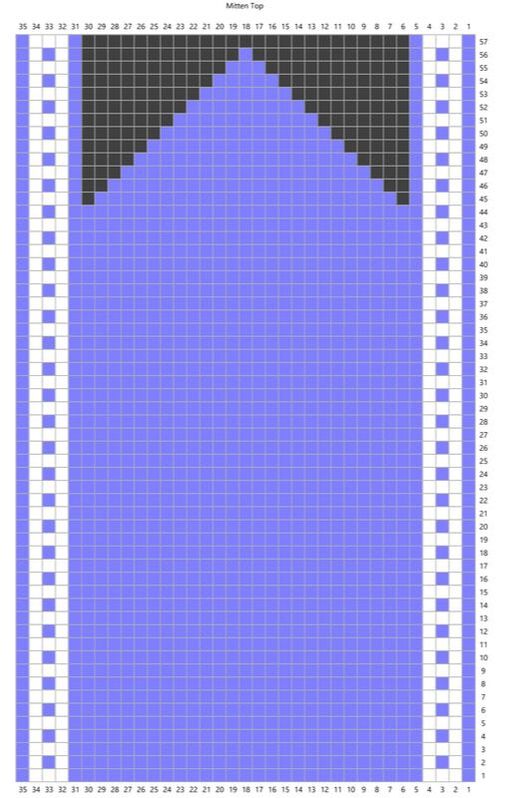
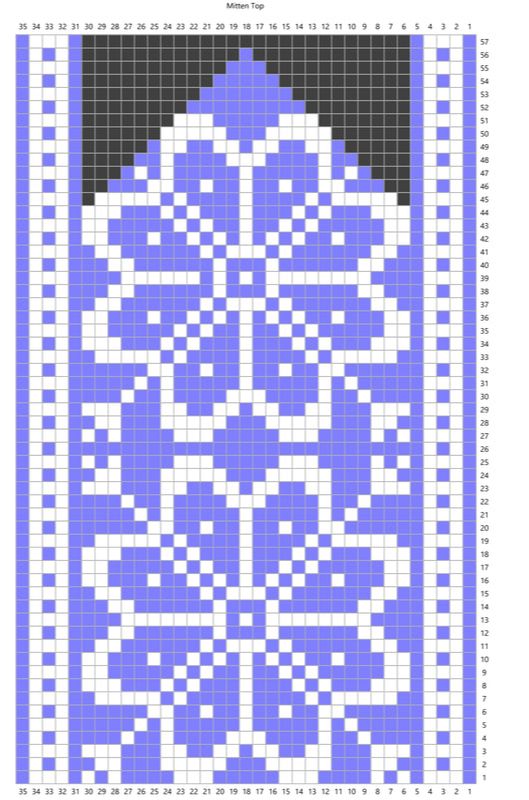
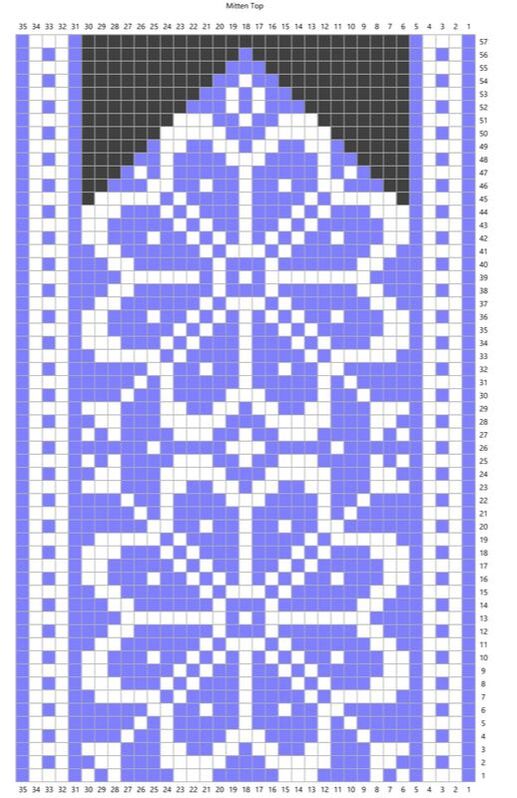
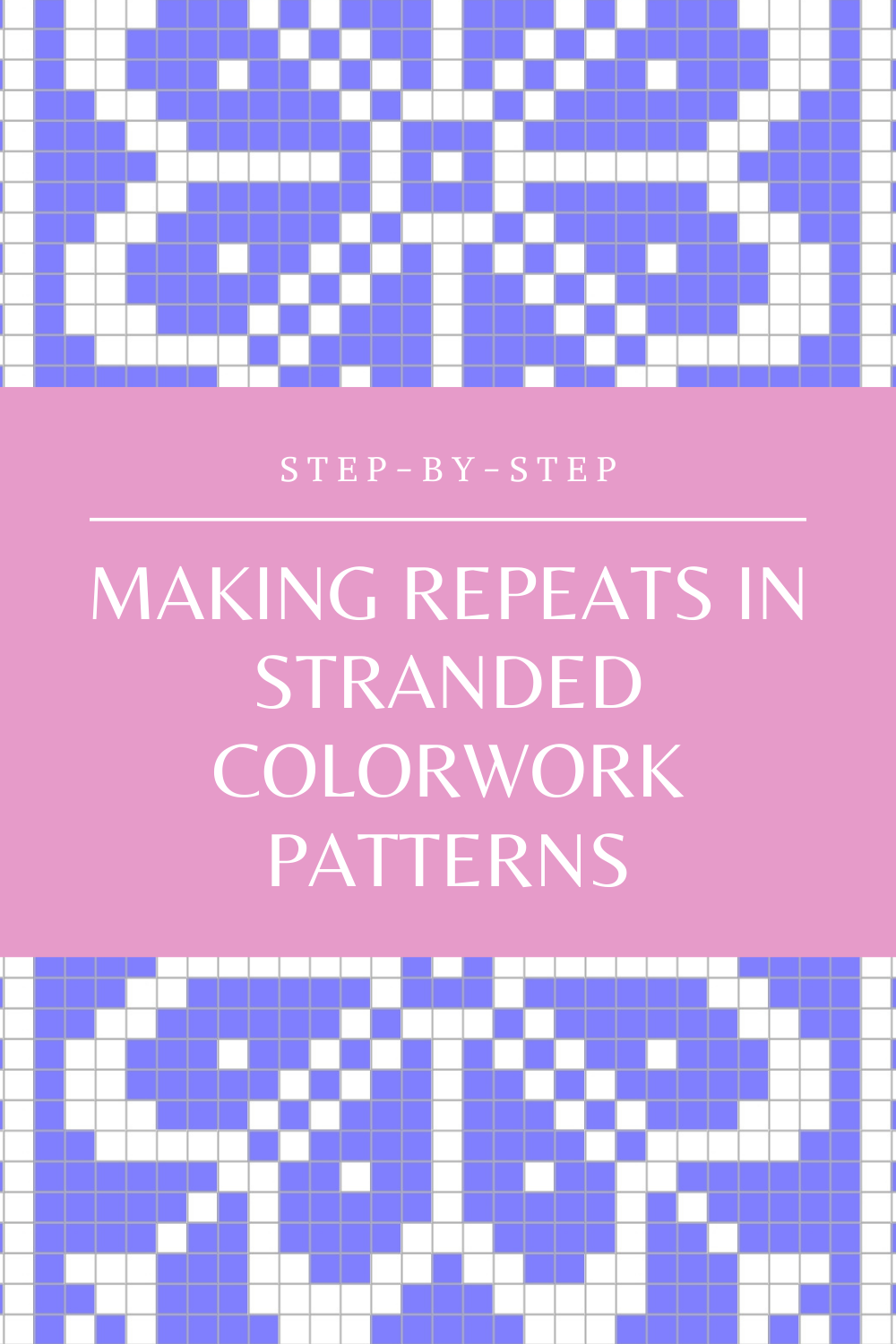
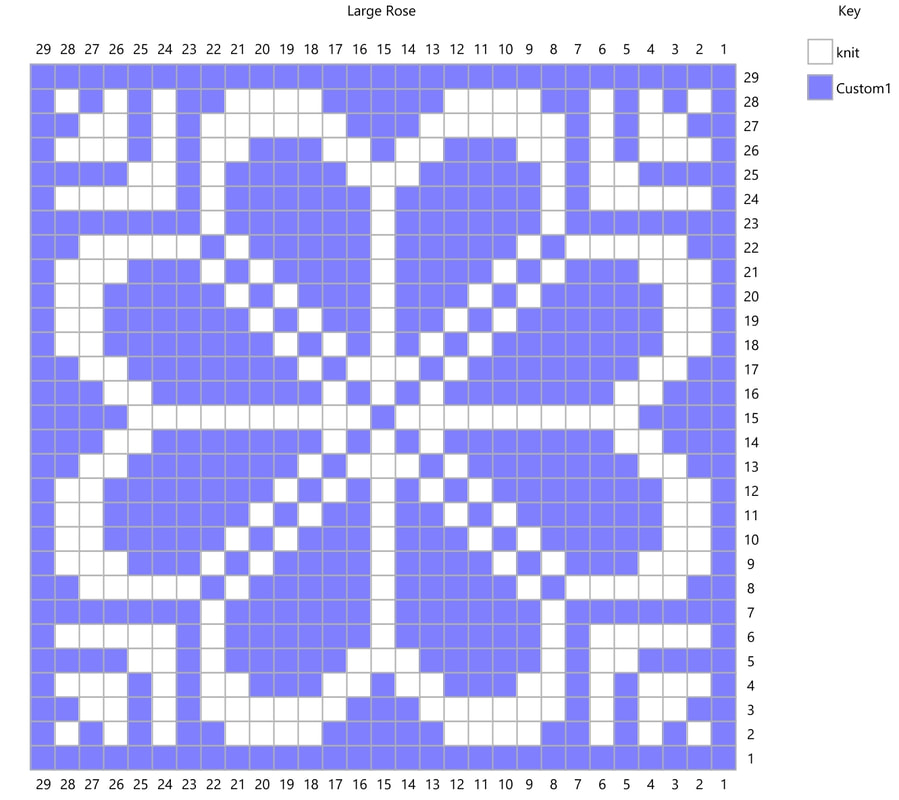
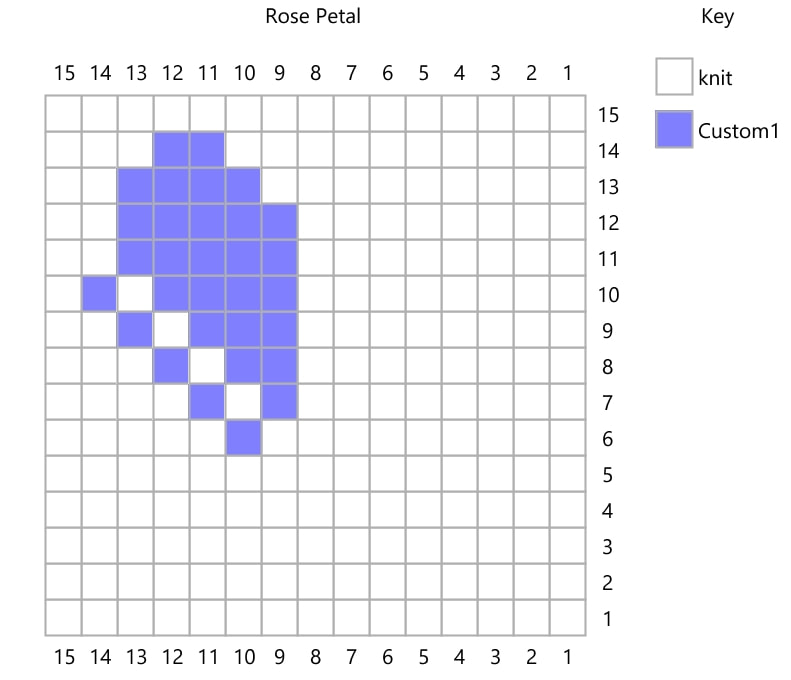
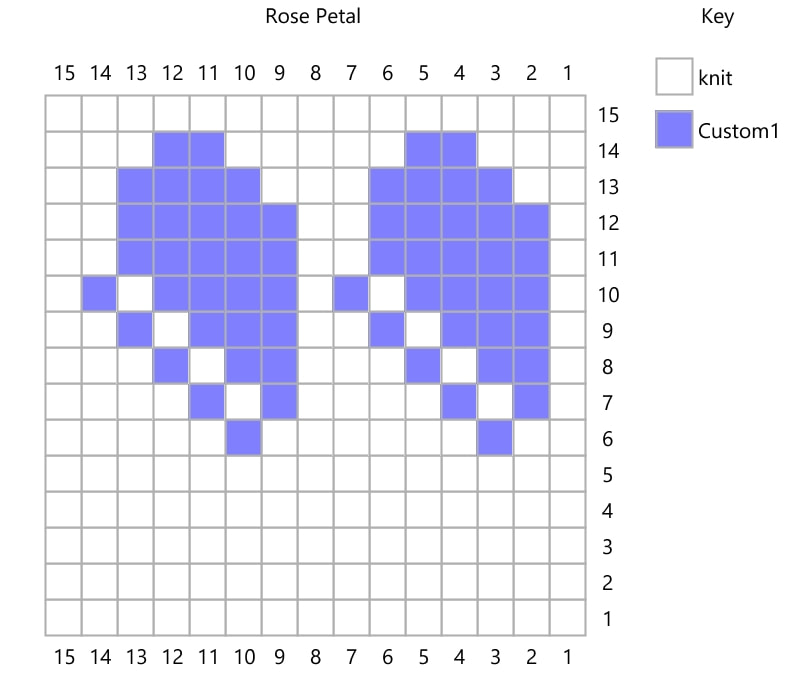
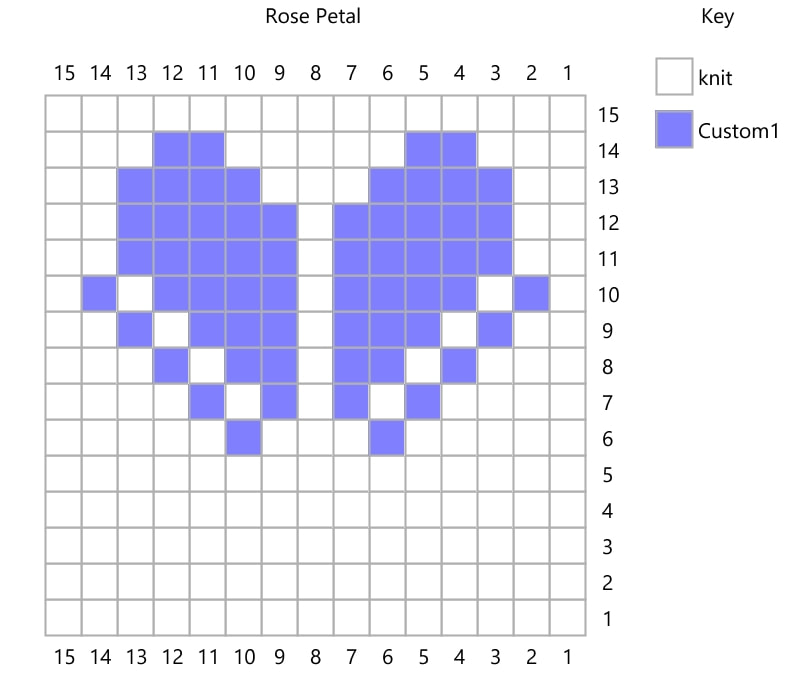
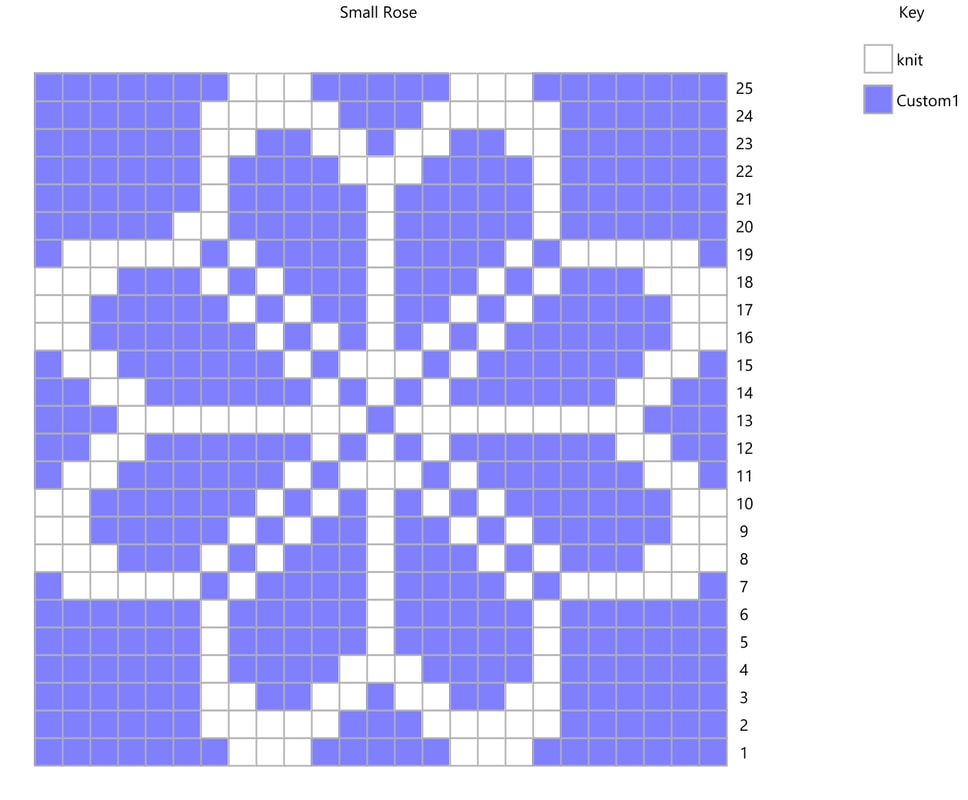
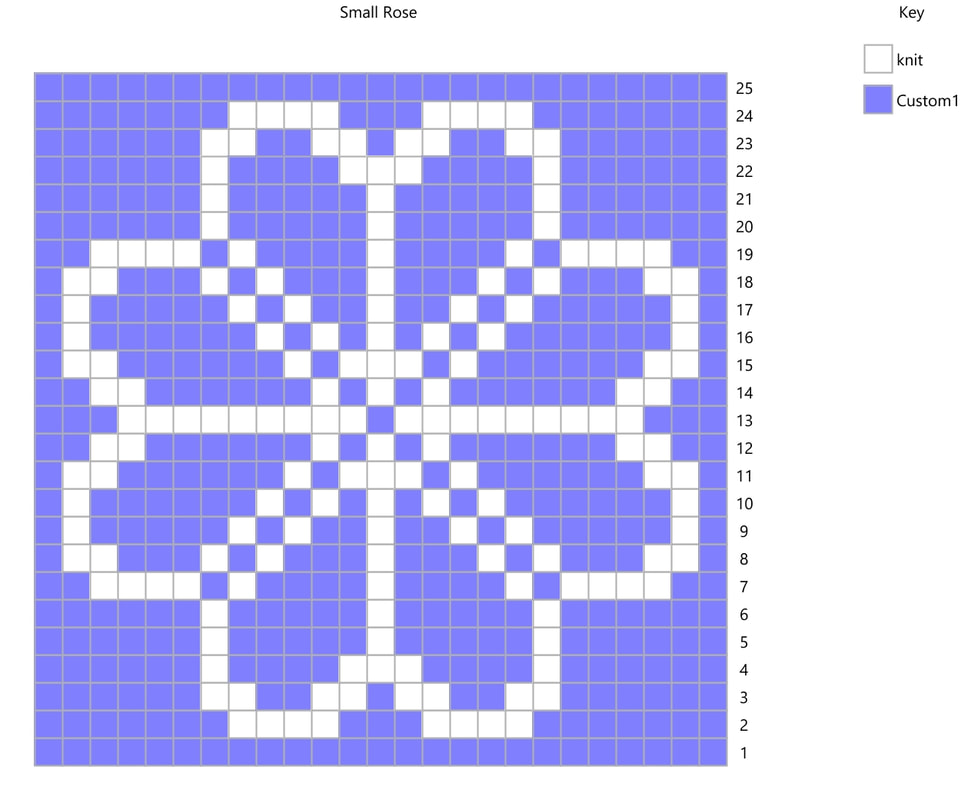
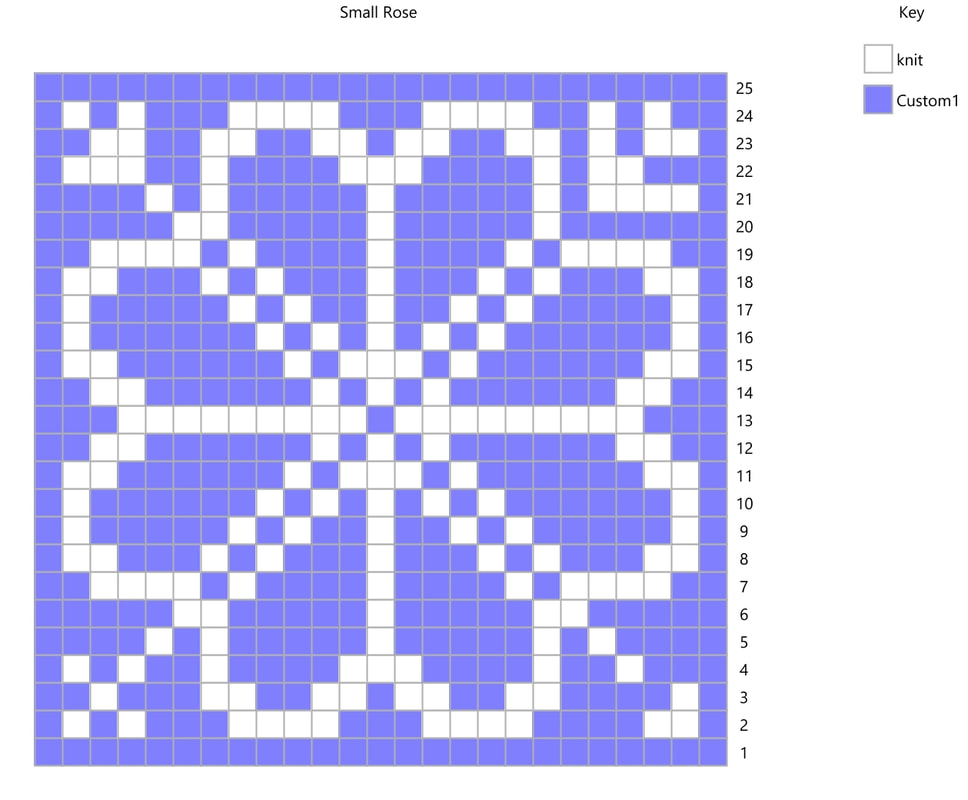
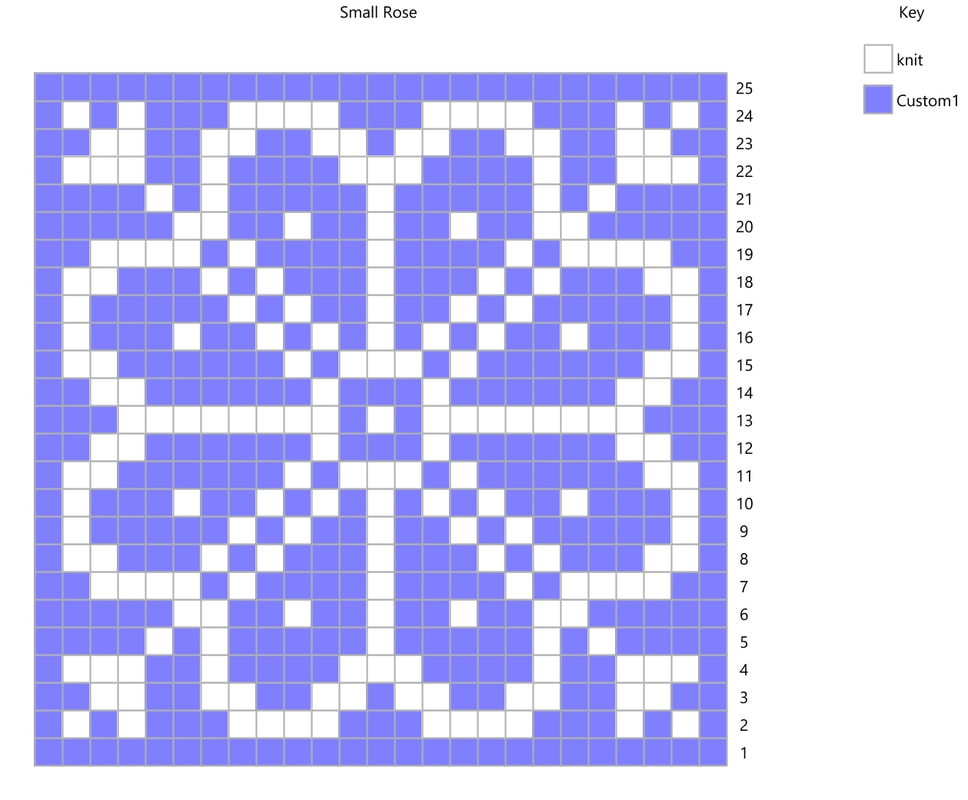
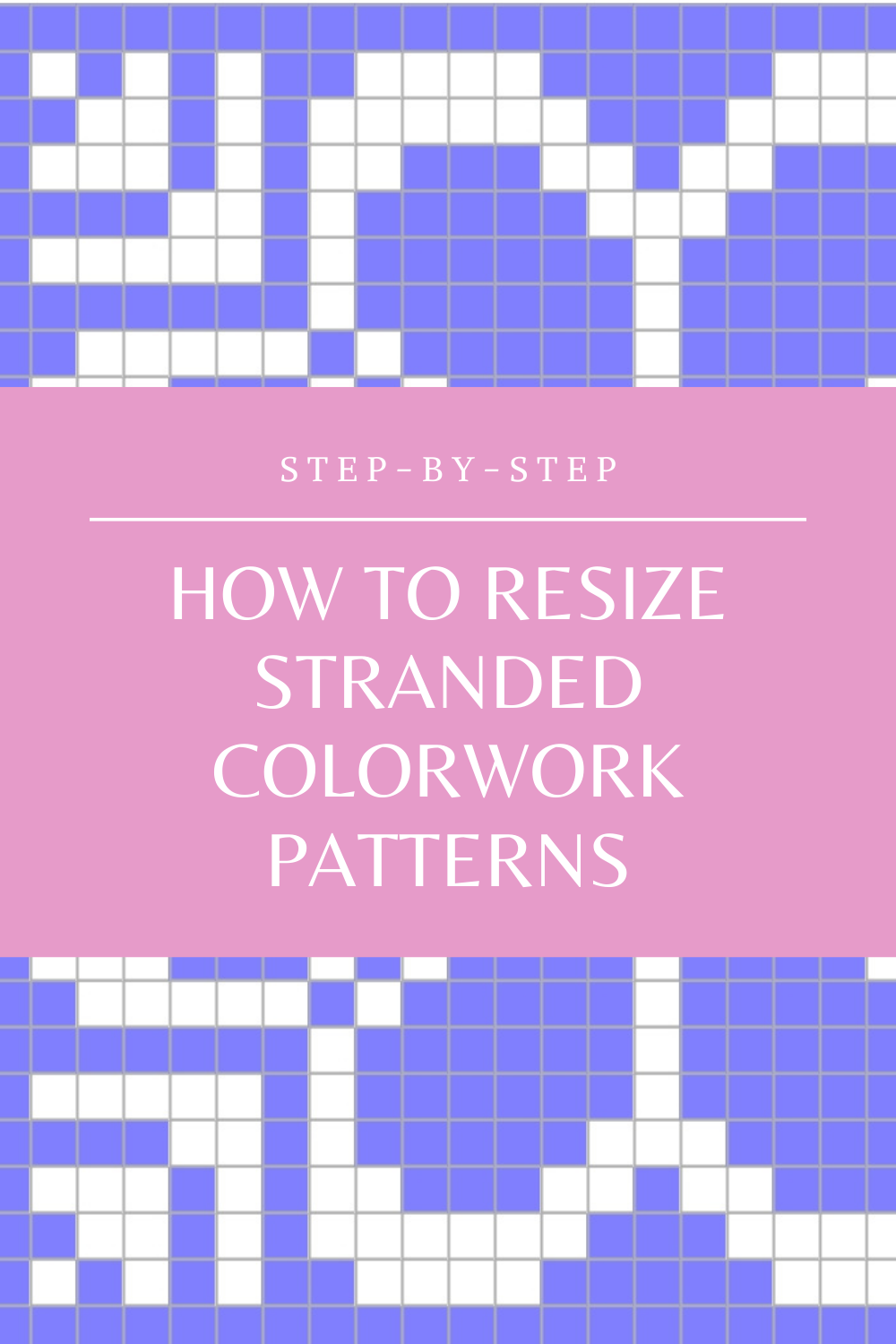
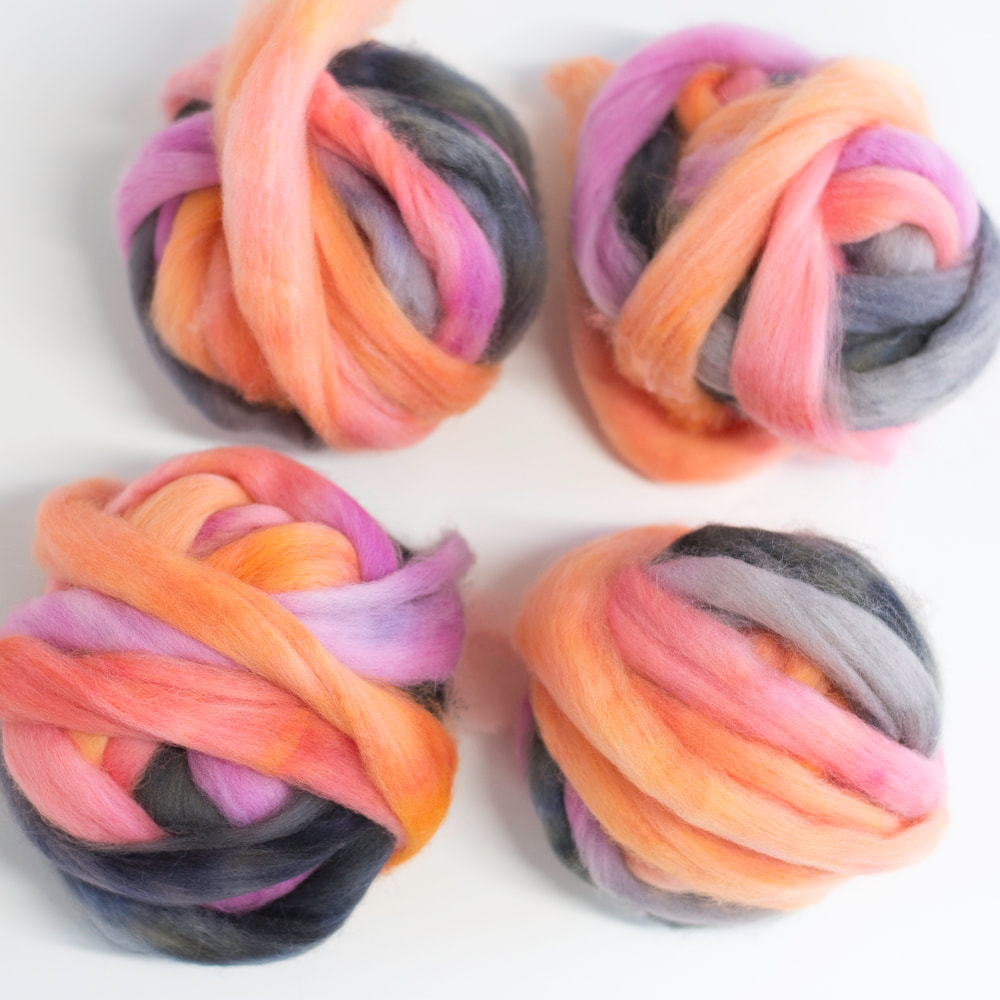
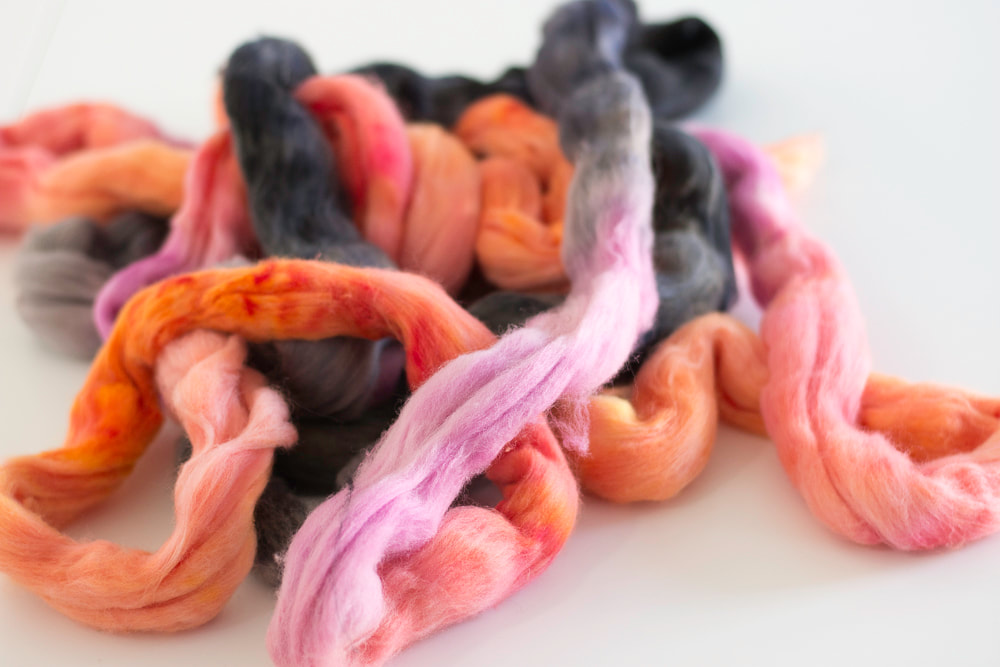
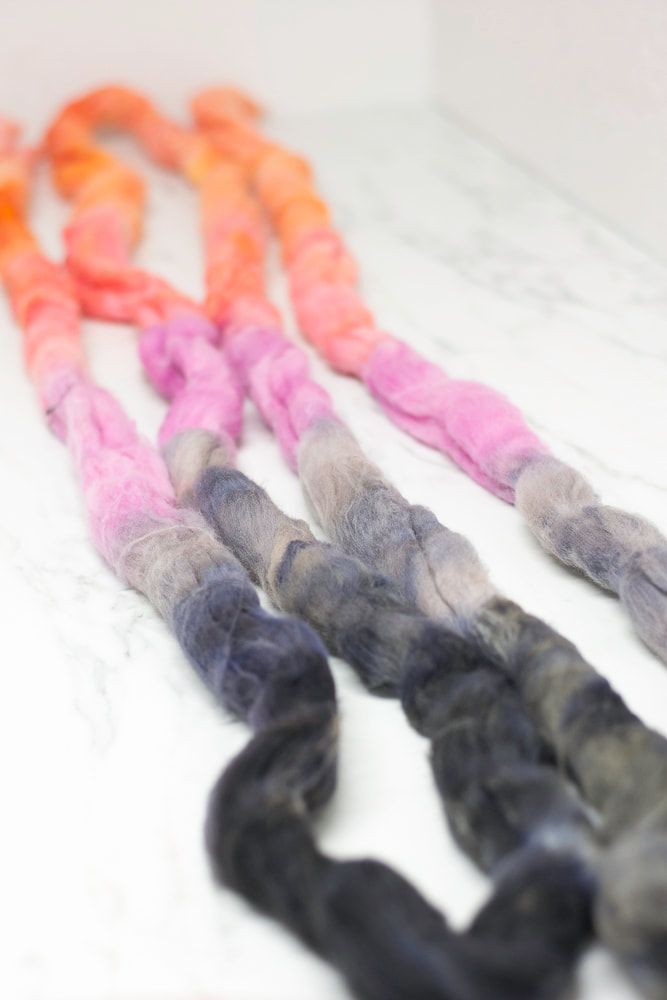
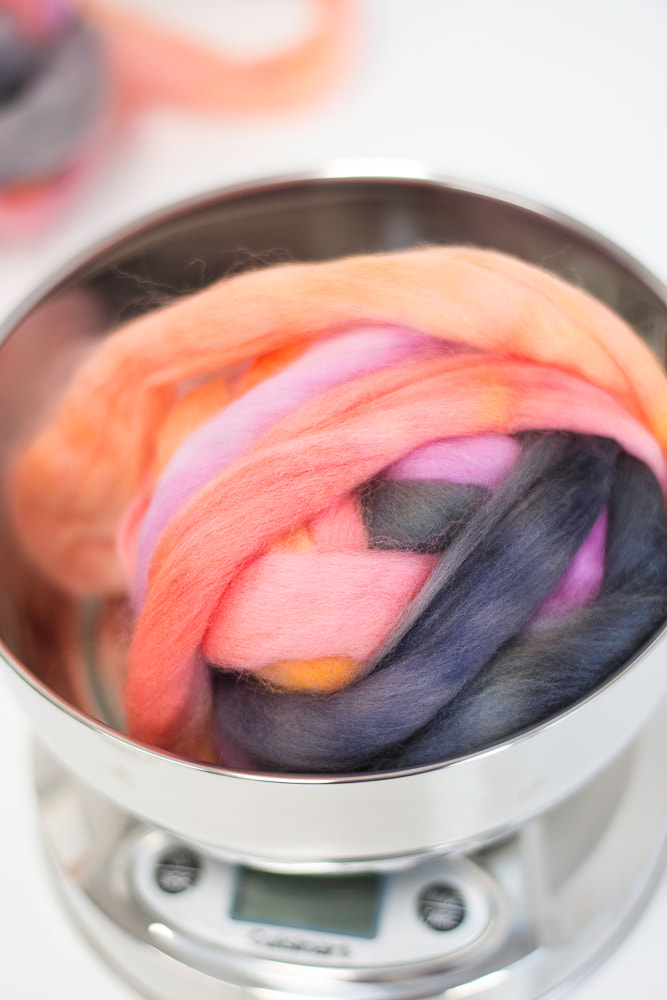
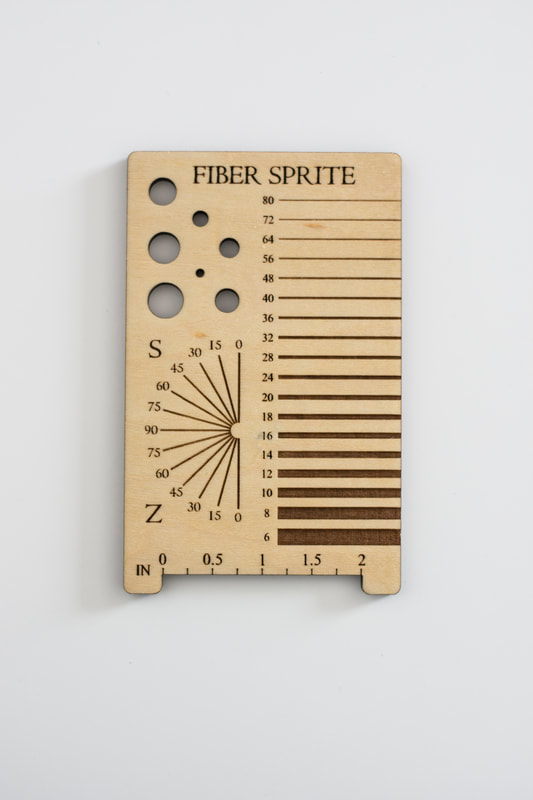
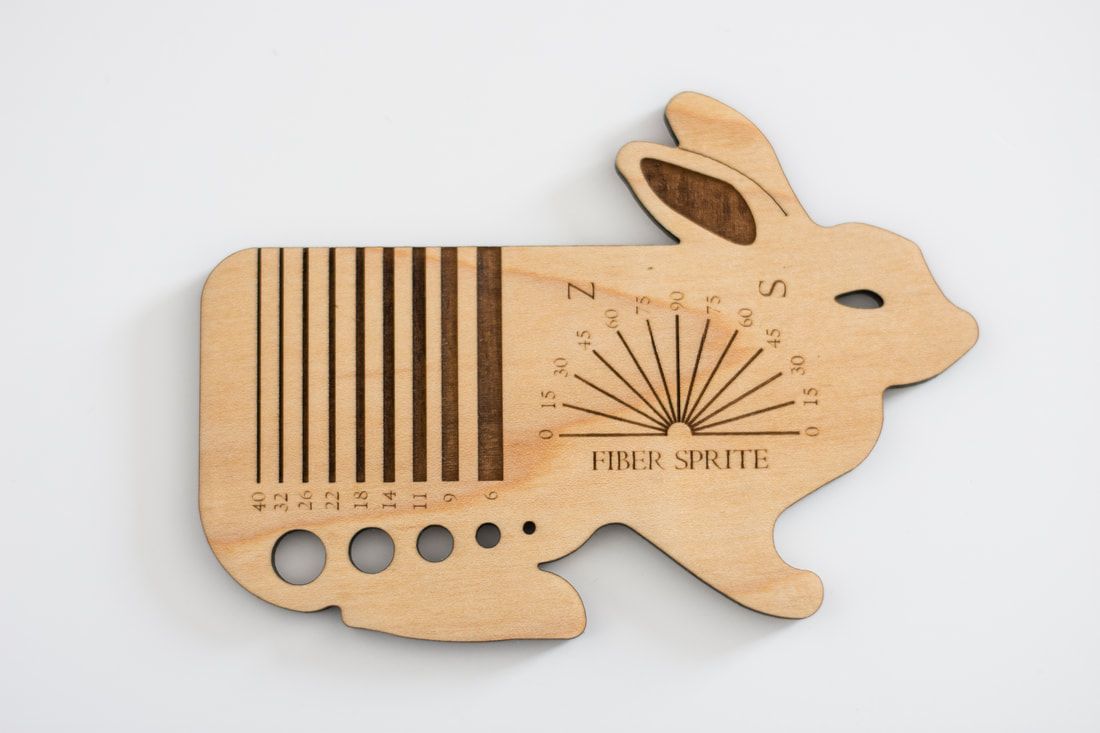
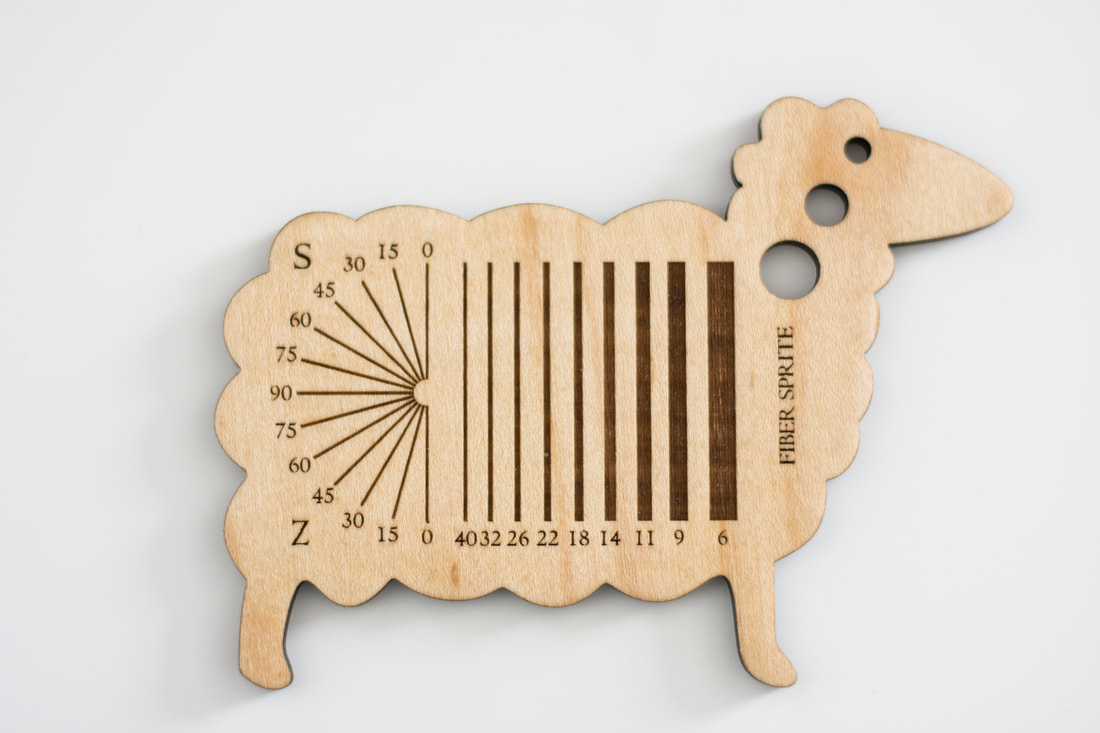
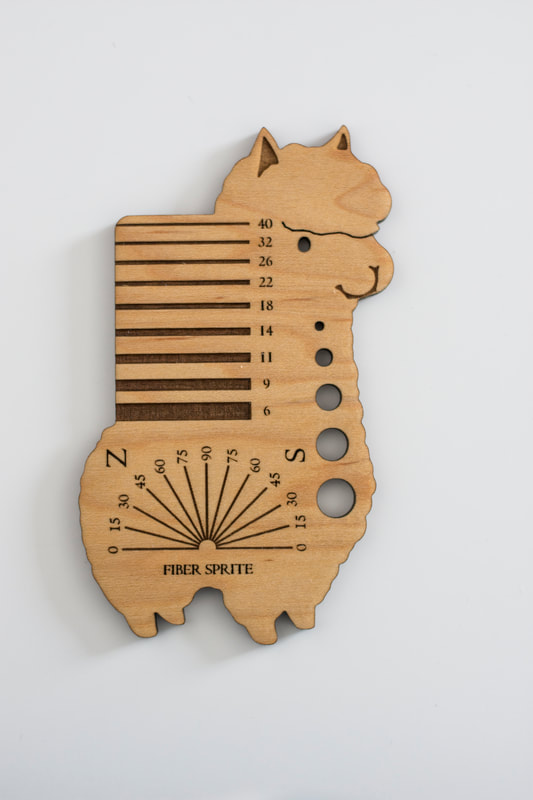
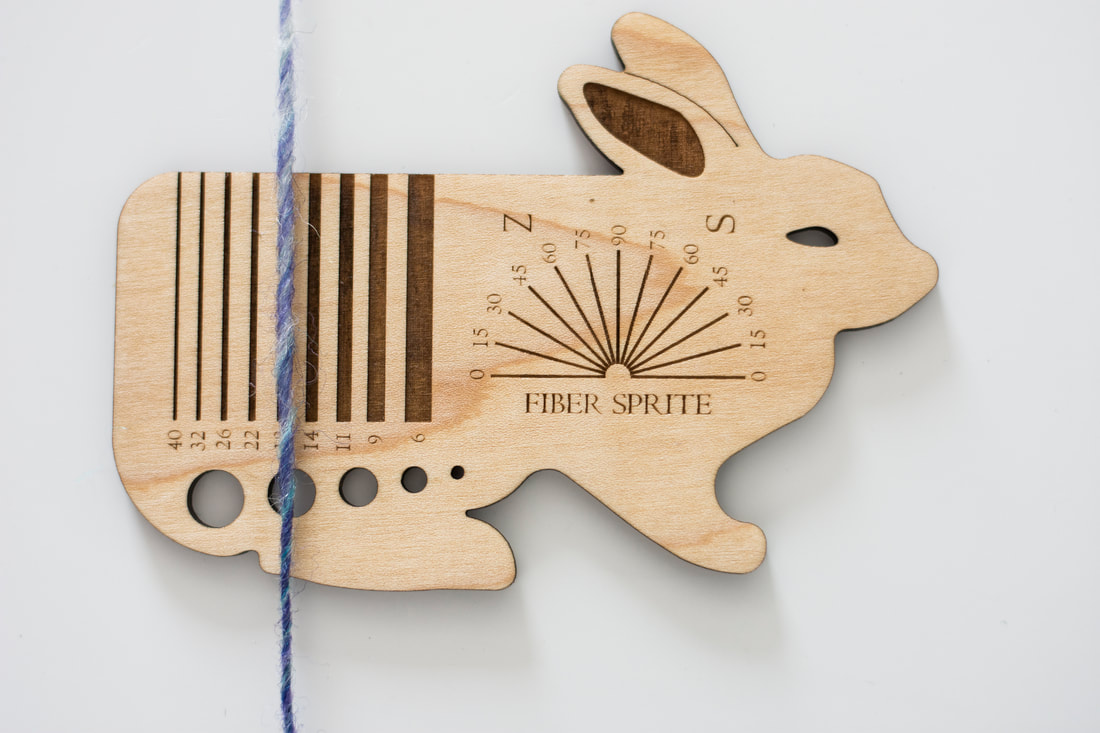
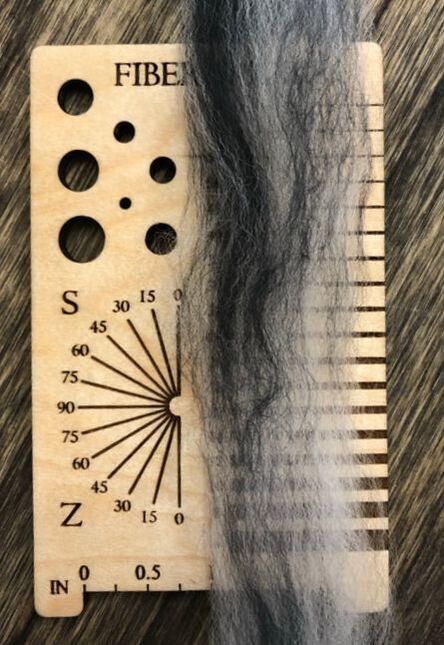
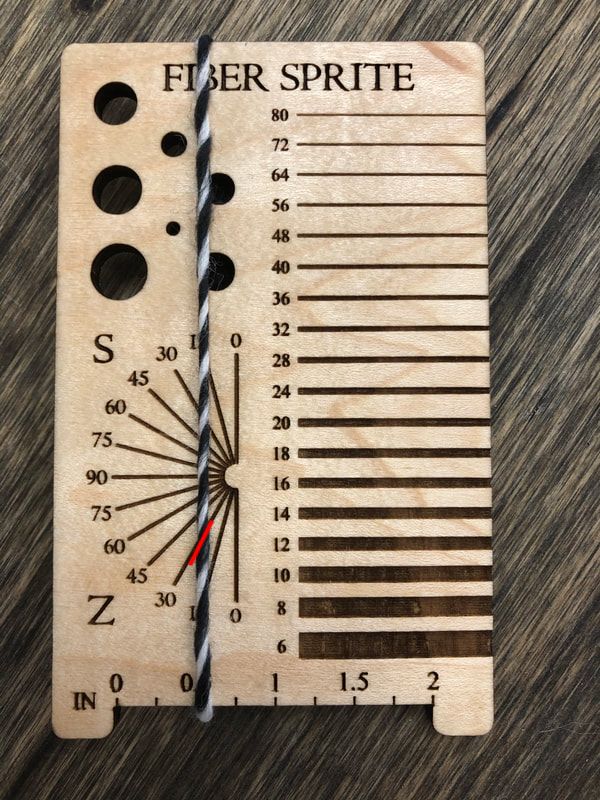
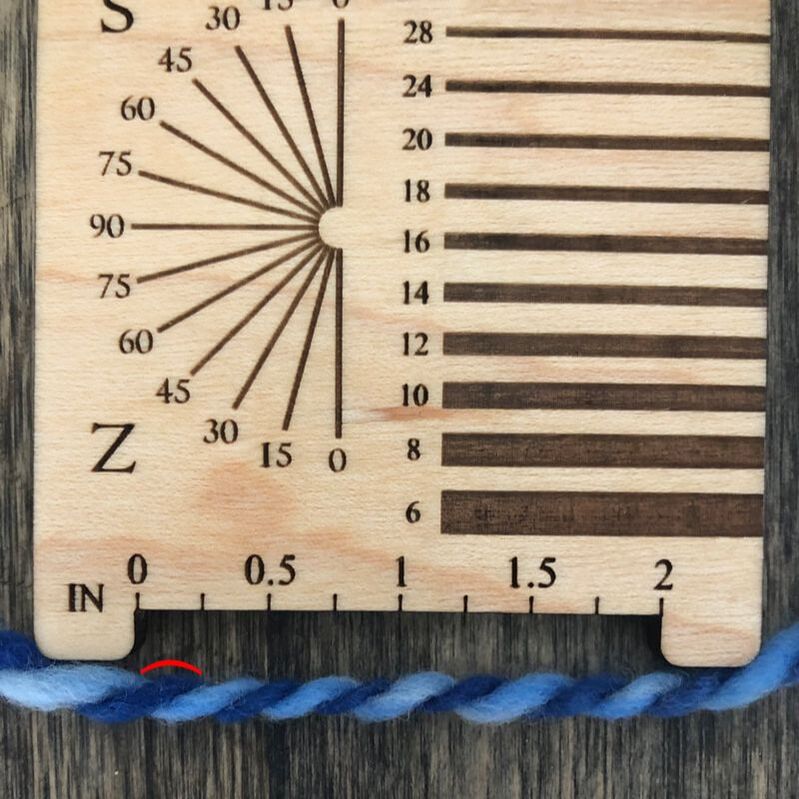
 RSS Feed
RSS Feed